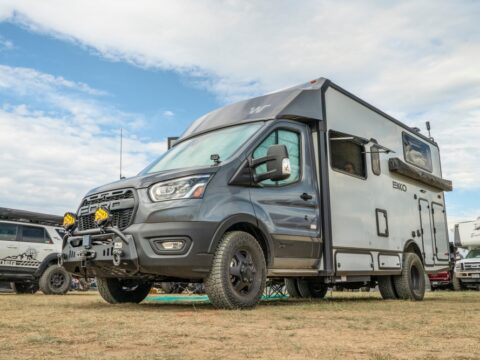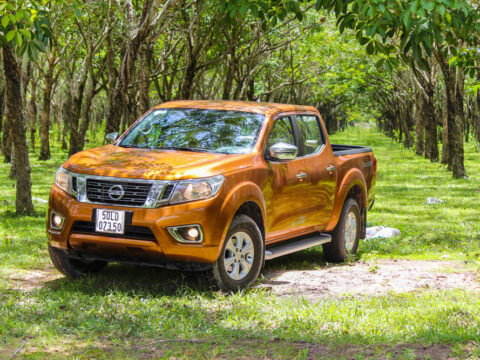Electric vehicles have come a long way, but not all pioneers in this field found success. Many early electric cars, despite their innovative designs and groundbreaking technology, failed to capture the market’s attention. In this article, we explore 15 early electric vehicles that didn’t make it, delving into the reasons behind their short-lived journeys and what we can learn from their ambitious attempts.
Contents
General Motors EV1
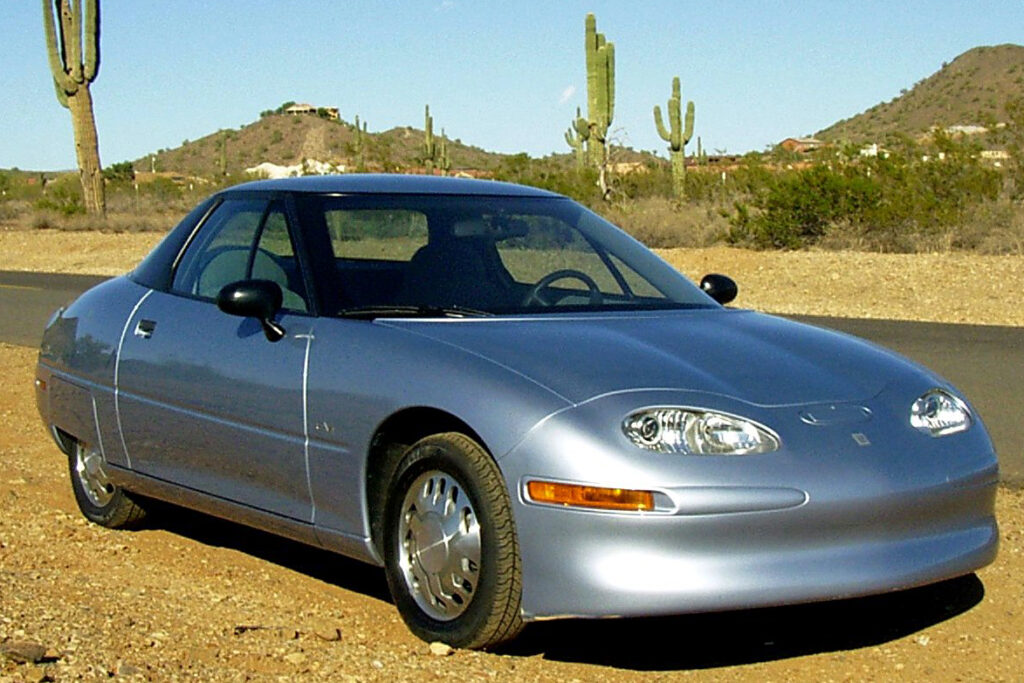
The GM EV1 was one of the first mass-produced electric vehicles from a major automaker, released in the mid-1990s. It boasted a sleek, aerodynamic design and a range of about 100 miles on a full charge. Despite its innovative technology, GM discontinued the EV1, citing high production costs and insufficient market demand. The decision remains controversial, with many believing the EV1 was ahead of its time but failed due to external pressures rather than lack of consumer interest.
Baker Electric
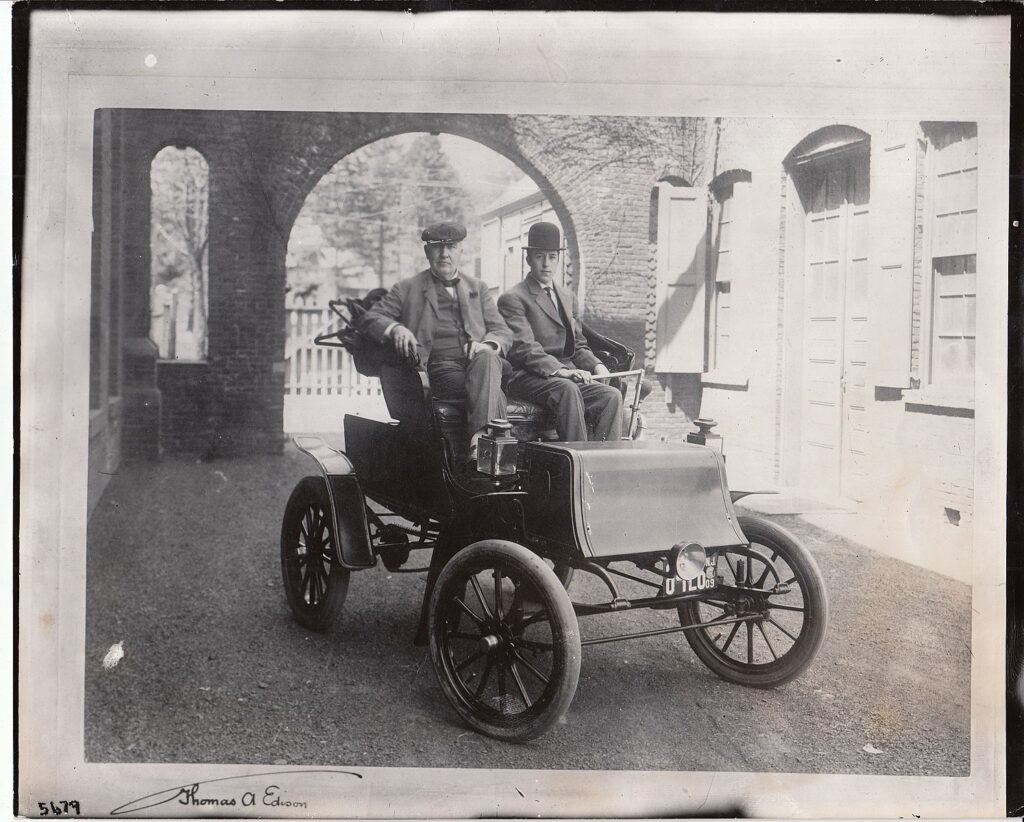
The Baker Electric, produced by the Baker Motor Vehicle Company from 1899 to 1914, was another early electric vehicle. It was known for its reliability and simplicity, with a range of approximately 50 miles per charge. Despite its early success and popularity among wealthy individuals, the Baker Electric could not compete with the lower cost and greater range of gasoline-powered cars. The company eventually merged with other electric car manufacturers but couldn’t revive its fortunes.
Henney Kilowatt
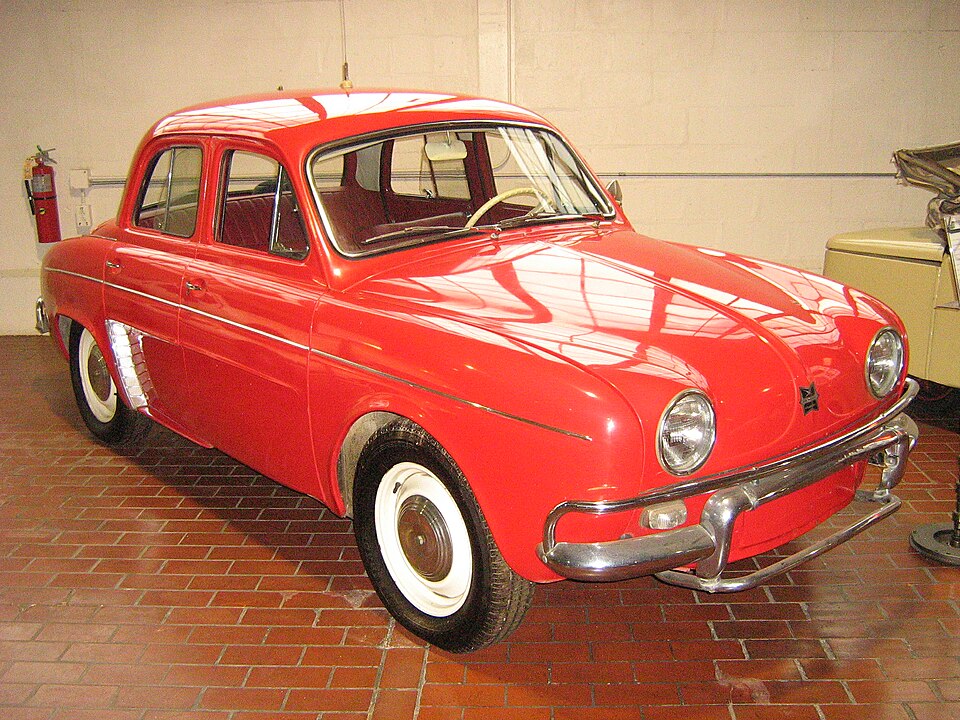
Introduced in the late 1950s, the Henney Kilowatt was an electric car based on the Renault Dauphine. It featured an innovative electric powertrain with a range of about 60 miles. Despite its potential, the Henney Kilowatt struggled with high production costs and limited consumer interest. Only a few hundred units were ever produced, and it failed to make a significant impact on the market.
Sebring-Vanguard CitiCar

The CitiCar, produced by Sebring-Vanguard in the 1970s, was a small, wedge-shaped electric vehicle designed for urban use. It had a range of about 40 miles and a top speed of 30 mph. Despite being one of the best-selling electric cars of its time, the CitiCar faced criticism for its limited performance and safety concerns. Production ceased in the late 1970s, but it remains a notable attempt at creating an affordable electric vehicle during the oil crisis.
Zagato Zele
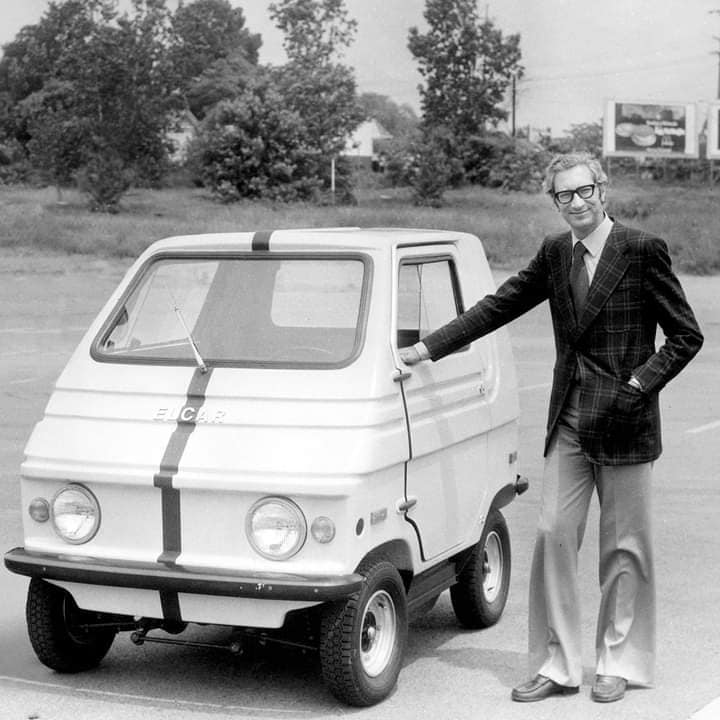
The Zagato Zele, introduced in the 1970s, was a small Italian electric car designed for city driving. It featured a fiberglass body and a range of about 50 miles. Despite its unique design and practicality for urban environments, the Zele struggled with limited market appeal and competition from more established automakers. Its high price and niche market positioning led to its eventual discontinuation.
Comuta-Car
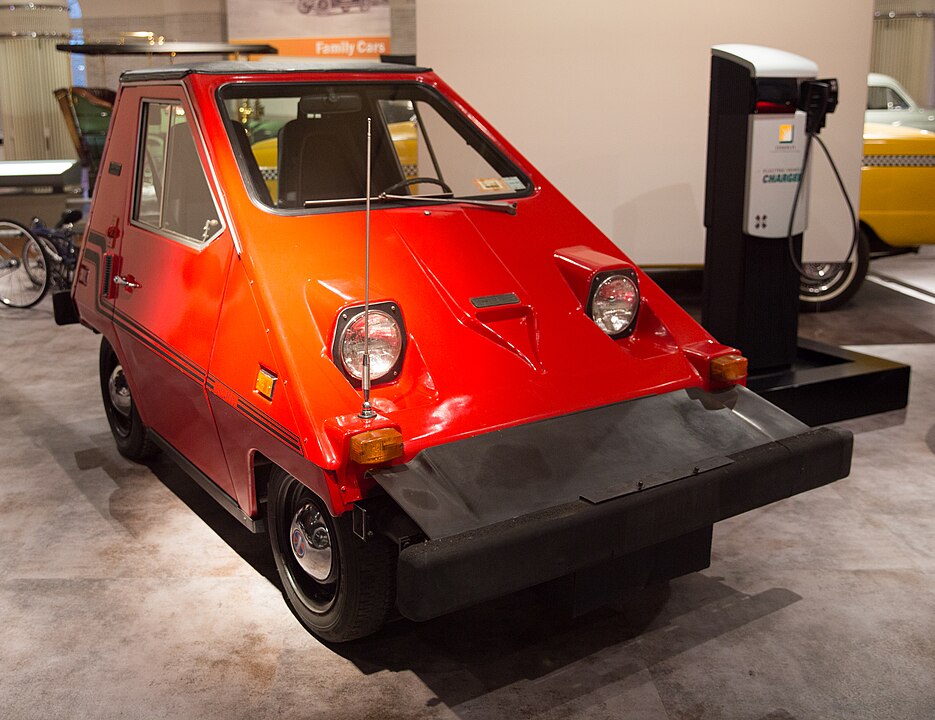
The Comuta-Car, produced by Commuter Vehicles, Inc. in the late 1970s, was an electric microcar aimed at city commuters. It had a range of about 40 miles and a top speed of 30 mph. Despite its compact size and low running costs, the Comuta-Car faced challenges with safety standards and consumer acceptance. Its limited range and performance couldn’t compete with conventional vehicles, leading to its decline.
Ford Ranger EV
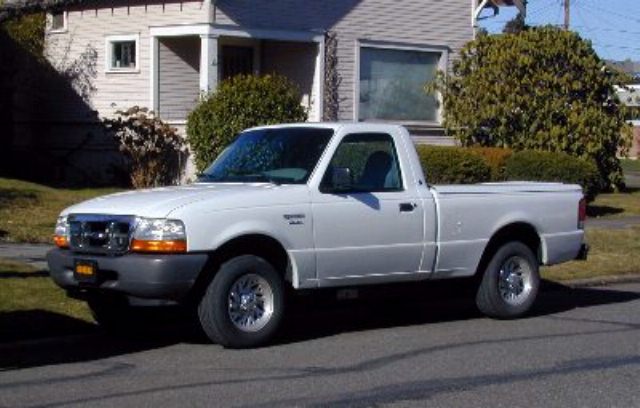
The Ford Ranger EV, introduced in the late 1990s, was an electric version of the popular Ford Ranger pickup truck. It had a range of about 65 miles per charge and was primarily leased to fleet customers. Despite positive feedback from users, Ford ended the Ranger EV program due to high production costs and limited demand. The vehicles were largely recalled and destroyed, making it a short-lived experiment in electric trucks.
Chevrolet S-10 EV

Similar to the Ford Ranger EV, the Chevrolet S-10 EV was an electric version of the Chevrolet S-10 pickup truck, launched in the late 1990s. It featured a range of about 50 miles and was used mainly by utility companies and government fleets. High costs and limited range led to its discontinuation, with GM shifting focus to other technologies. The S-10 EV remains a notable, yet unsuccessful, step in the early days of electric trucks.
Toyota RAV4 EV (first generation)
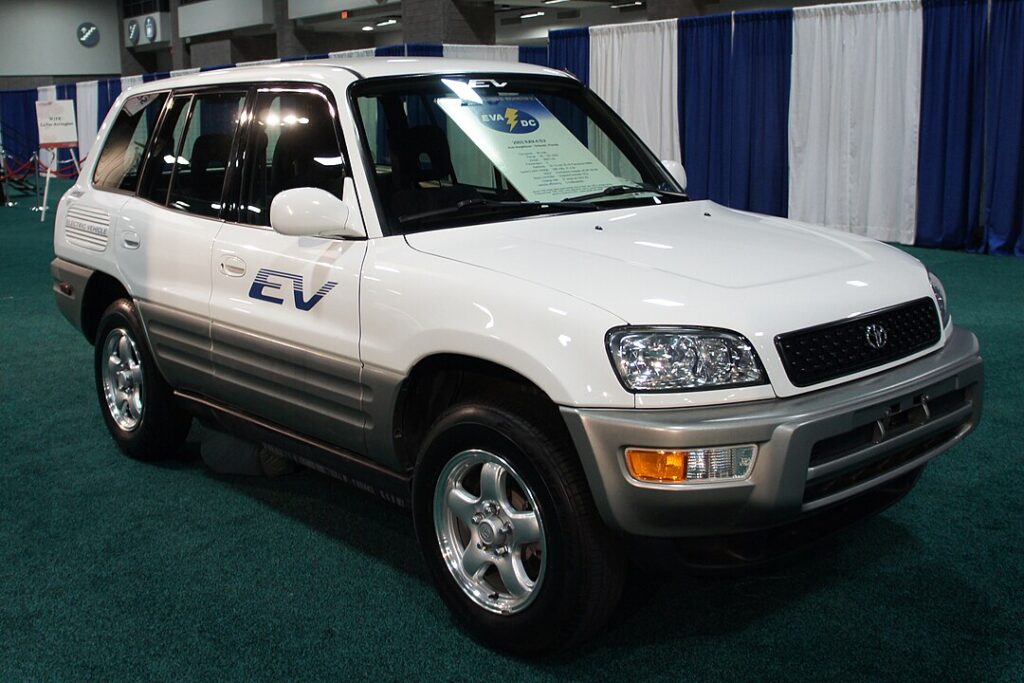
The first-generation Toyota RAV4 EV, introduced in the late 1990s, was an electric version of the popular RAV4 SUV. It had a range of about 100 miles and was primarily leased to fleet customers. Despite positive feedback and a loyal user base, Toyota ended the RAV4 EV program due to high production costs and limited market potential. The decision to discontinue it was met with disappointment from environmental advocates.
Honda EV Plus
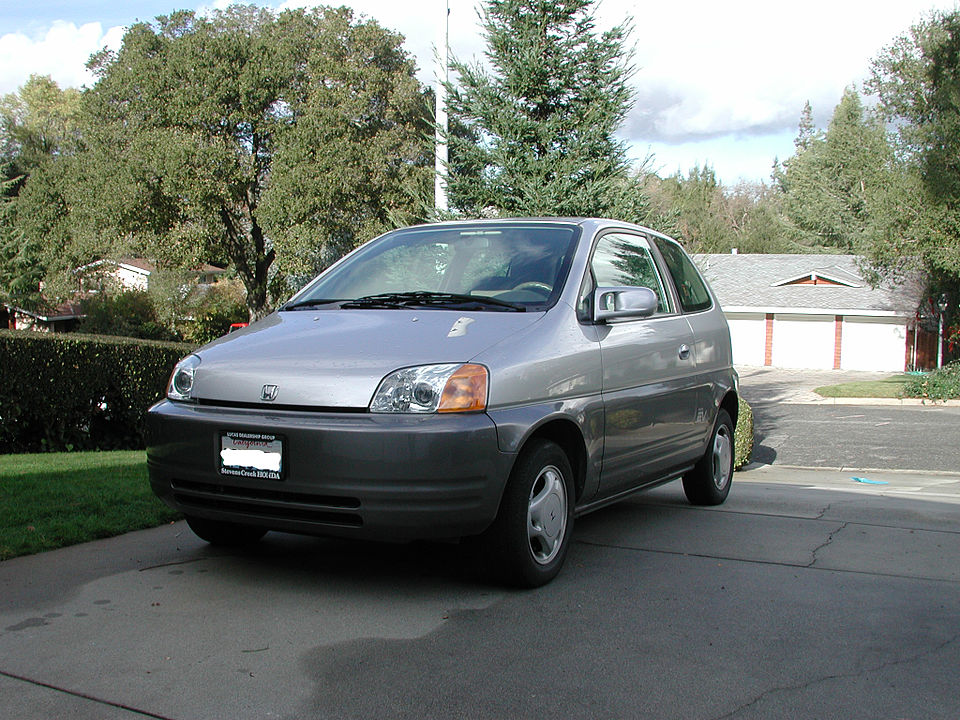
The Honda EV Plus, produced in the late 1990s, was an early electric vehicle designed for urban use. It featured a range of about 100 miles and a top speed of 80 mph. Despite its advanced nickel-metal hydride battery technology, the EV Plus faced challenges with high production costs and limited consumer interest. Honda ended the program after producing only a few hundred units, shifting its focus to hybrid technology.
Peugeot 106 Electric
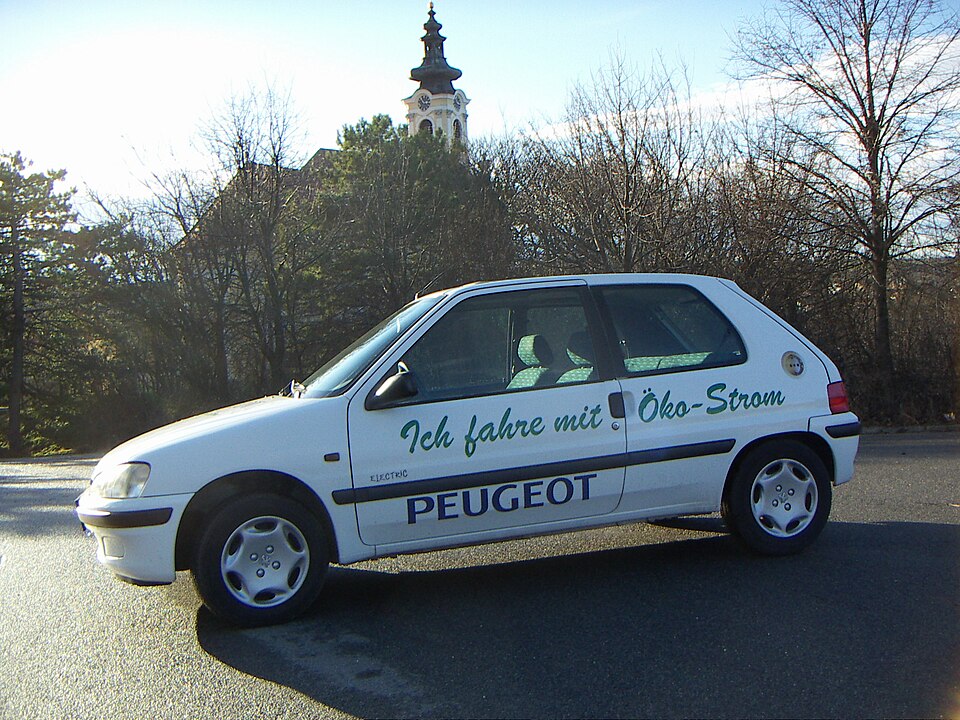
The Peugeot 106 Electric, introduced in the mid-1990s, was an electric version of the popular Peugeot 106 hatchback. It had a range of about 60 miles and a top speed of 56 mph. Despite being an early attempt at mass-market electric vehicles, the 106 Electric struggled with limited range and high costs. Production ceased in the early 2000s as Peugeot focused on other technologies.
Citroën Saxo Electric

Similar to the Peugeot 106 Electric, the Citroën Saxo Electric was an electric version of the Citroën Saxo hatchback, launched in the mid-1990s. It featured a range of about 60 miles and a top speed of 56 mph. Despite its practicality for urban driving, the Saxo Electric faced challenges with limited consumer acceptance and high production costs. The model was eventually discontinued in the early 2000s.
Mazda Demio EV
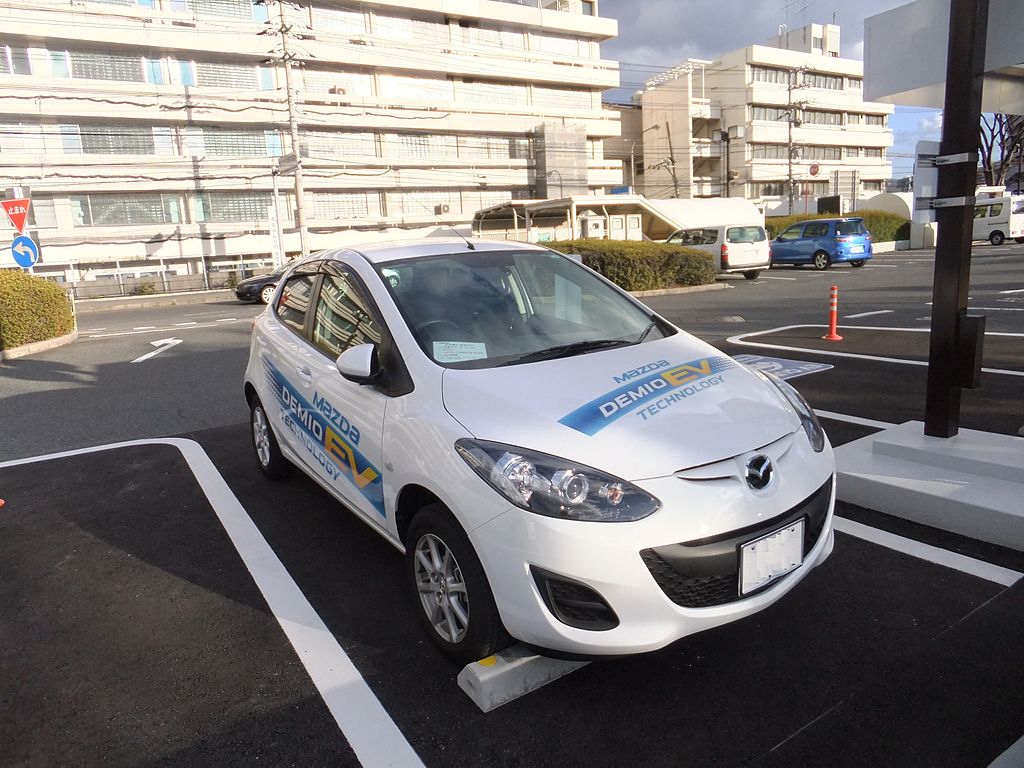
The Mazda Demio EV, introduced in the late 1990s, was an electric version of the Mazda Demio subcompact car. It had a range of about 125 miles and was primarily targeted at the Japanese market. Despite its advanced battery technology, the Demio EV struggled with high production costs and limited market demand. Mazda produced only a small number of units before discontinuing the model.
Fiat Panda Elettra
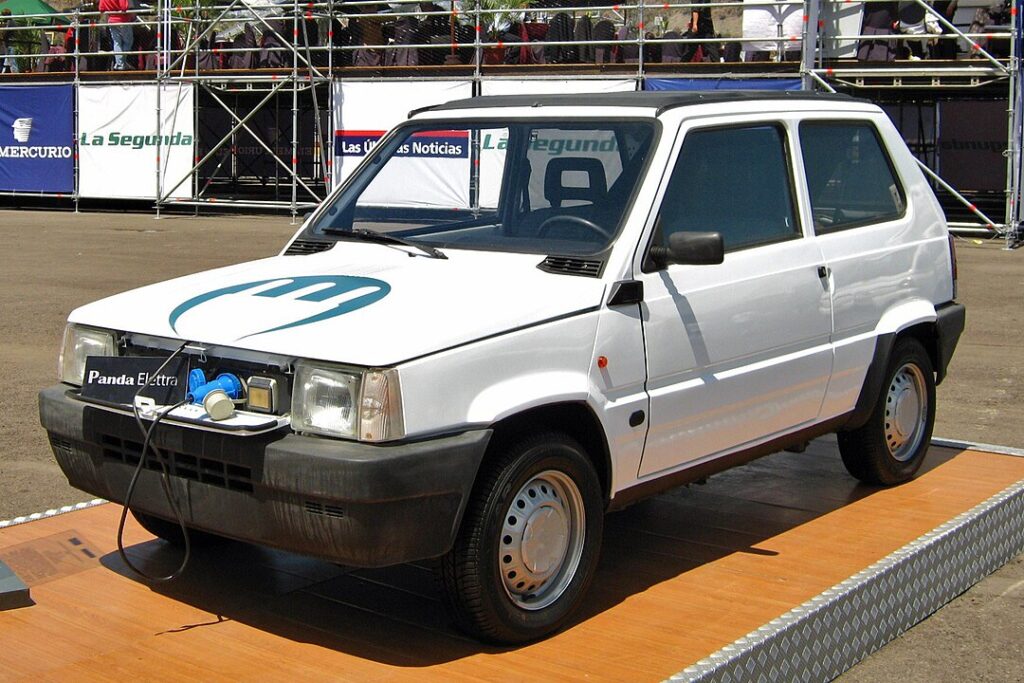
The Fiat Panda Elettra, launched in the early 1990s, was an electric version of the Fiat Panda city car. It featured a range of about 62 miles and a top speed of 43 mph. Despite its compact design and urban appeal, the Panda Elettra faced challenges with high costs and limited range. Fiat produced only a limited number of units, and the model was eventually phased out.
Mitsubishi Minicab EV

The Mitsubishi Minicab EV, introduced in the late 1990s, was an electric version of the Mitsubishi Minicab kei truck. It had a range of about 50 miles and was designed for urban and commercial use. Despite its practicality and low running costs, the Minicab EV struggled with limited market appeal and competition from gasoline-powered alternatives. Mitsubishi discontinued the model after producing a small number of units.
This article originally appeared in MyCarMakesNoise.
More from MyCarMakesNoise
20 Military Vehicles with Controversial Designs

Military vehicles often embody strength and innovation, but sometimes their designs spark debate. In this article, we explore 20 military vehicles that have stirred controversy with their unique and unconventional aesthetics. Read More
20 Intriguing Details About the Toyota Prius

The Toyota Prius is renowned for its hybrid technology and fuel efficiency, setting a standard in the automotive industry. Introduced in 1997, it was the world’s first mass-produced hybrid car, combining a gasoline engine with an electric motor. Read More
Discover the 15 Secrets Auto Detailers Use for Car Maintenance

Keeping your car in top condition doesn’t have to be a mystery. Auto detailers have a few tricks up their sleeves that can make a big difference in maintaining your vehicle. Read More

